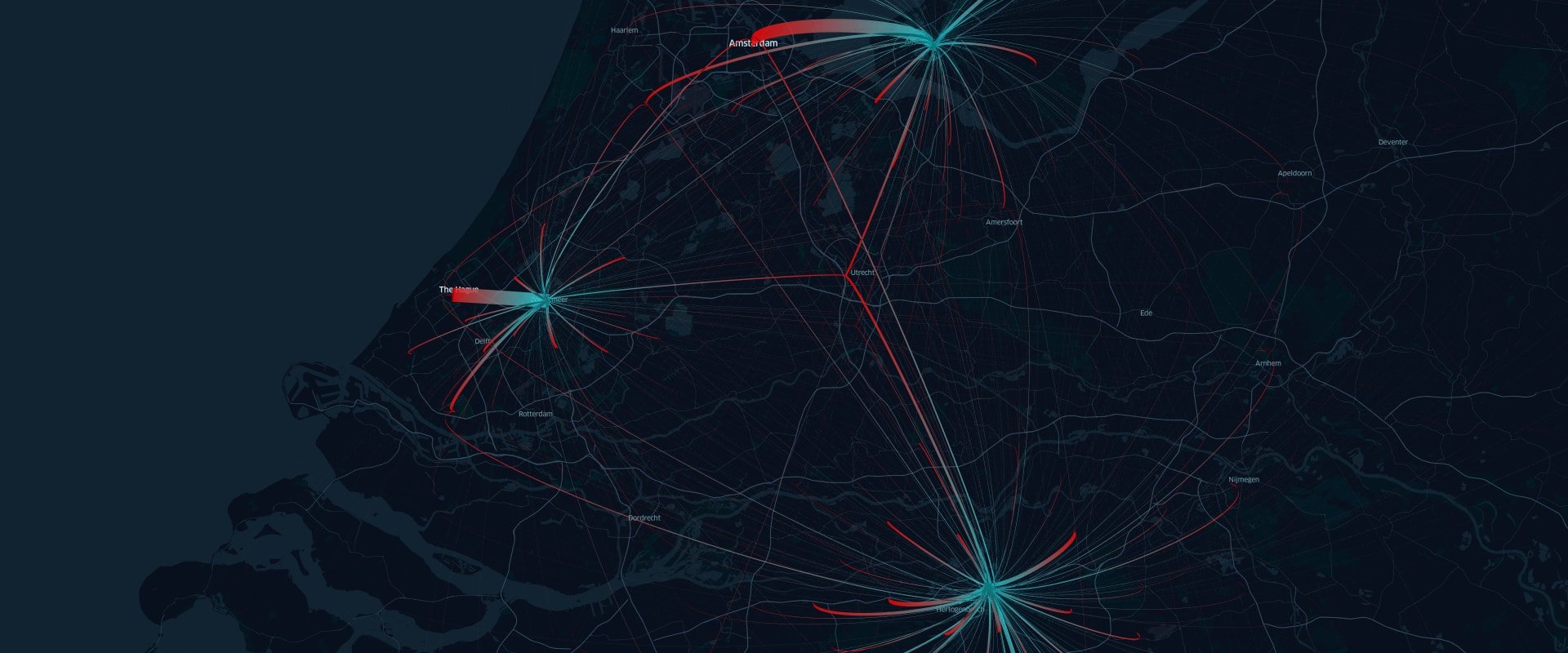The new OmniTRANS Next platform offers access to relevant mobility data, and it does so anytime, anywhere. It utilises the results of existing traffic models and up-to-the-minute information from mobile data sources to give traffic specialists and policymakers faster, improved understanding of the data they need to make decisions. This tool enables policymakers to further improve their mobility policies and to create an attractive and accessible living environment.
Responsible mobility policy often demands quantitative substantiation and interaction with numerous stakeholders. Mobility and accessibility are matters that concern all of us. Goudappel Coffeng and DAT.Mobility have the experts and expertise to understand what insights policymakers need in order to make their mobility policies even more effective. That’s what has made possible the development of this powerful application that allows them to access new data sources. OmniTRANS Next is fully web-based and responds to policymakers’ pressing need for faster and better information, available at any time. It means that traffic models and other types of mobility data are literally at the user’s fingertips on a laptop, tablet, or smartphone.
Accessible policy information for the province of Noord-Brabant
In the Dutch province of Noord-Brabant (where this ITS takes place), 62 municipalities are cooperating to develop and manage a strategic traffic model (the “BBMA”, the Dutch abbreviation for “Brabant-Wide Model Approach”). Over the past year, the model has been thoroughly updated. For many of the stakeholders, that has been a difficult process to keep track of. Traffic models are complex and can often only be used with specialised software. As a result, they are not always utilised to the best possible effect within policy processes, even though that is what they are intended for. But things are now very different: a workshop was held at which representatives of all the stakeholders could examine the initial draft results on a tablet, after which all 62 municipalities checked those results and made suggestions for improvements. The improvement proposals are submitted to the model developers in a uniform manner, making the process much more efficient. It was striking that all the participants, without exception, praised the simplicity of OmniTRANS Next, despite the complexity of the information involved. The tool is distinguished by its high degree of accessibility, and everyone liked its “look and feel”. Thanks to OmniTRANS Next, sharing information with one another and arriving at a shared opinion has suddenly become very real. That contributes to greater use of traffic models and improved quality.
For more information, please contact Stefan de Graaf at Goudappel Coffeng / DAT.Mobility: sdgraaf@dat.nl or visit us at booth 3.16

